You are here: Home >> Polymer Clay Tips > Preventing Smudging
Preventing Polymer Clay Surface Techniques From Smudging
In this polymer clay tutorial, I'll show you how you can prevent your mixed media polymer clay surface techniques from smudging or scratching off.
You'll also be able
to sand and buff effects such as alcohol inks, mica powders and other mixed
media that you normally wouldn't be able to, because of sanding them off.
It’s a technique I use all the
time and I don’t know what I’d do without it.
You will need the following supplies:
- A polymer clay veneer that needs protecting
- A tissue blade
- A pasta machine
- A thin sheet of translucent (I recommend using Premo or Cernit for this technique)
- An acrylic roller
How to Prevent Polymer Clay Surface Mixed Media from Smudging and Scratching
- To start with you’ll need your polymer clay veneer with mixed media on it. I’m using a veneer from my How to Use Pastels With a Stencil Tutorial. I want to be able to sand this veneer to a high sheen, but I can't do that at the moment as the pastels would be sanded off.
- How do you fix this? Well you place a very thin layer of translucent clay over the top of your veneer. You have to make sure the translucent is as thin as possible. Take a look at my How to Prevent Ripples in Polymer Clay Tutorial for help with running your clay through your pasta machine on the thinnest setting.
- Gently lay your translucent sheet over your veneer.
- Start from one end of your veneer and slowly smooth the translucent over the top of it with your fingertips. By doing this you’ll help prevent air bubbles which is the one problem with this technique. Be careful as you don’t want to smudge the pastels.
- Press the translucent onto the veneer just to be sure it’s stuck.
- Carefully roll it flat with your acrylic roller watching out for any remaining air bubbles. I don't recommend using your pasta machine for this step as the translucent layer can lift slightly while going through and cause smudging. With the roller you have more control.
- If there are any air bubbles, slit the translucent with your knife and push them out.
- If you want your veneer thinner, you can use your pasta machine when you are satisfied that your translucent is well stuck to your veneer.
- It’s now ready for use.
You can like my Facebook page to stay up to date with more polymer clay tutorials like this one as they are released.
You may also like:
You are here: Home >> Polymer Clay Tips > Preventing Smudging
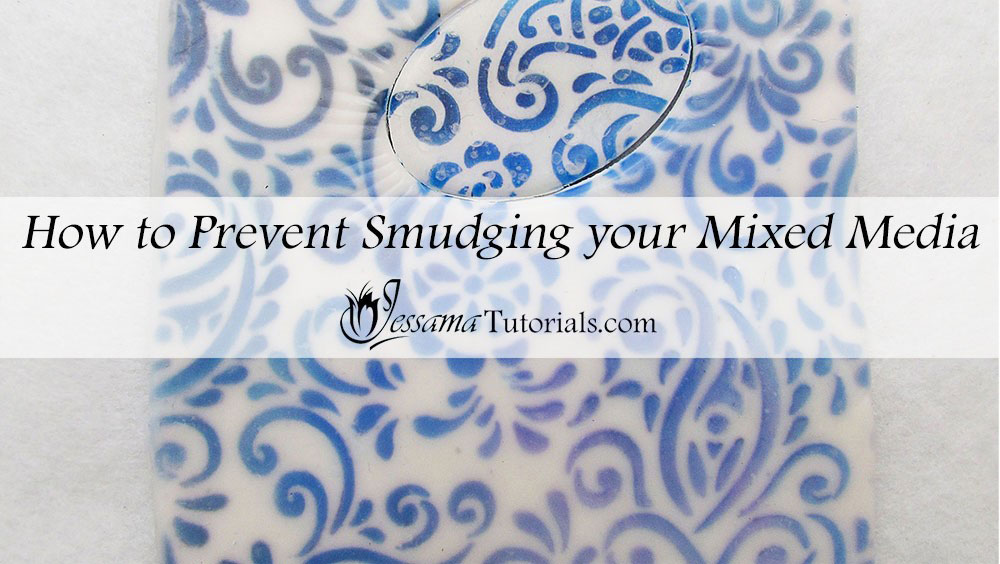
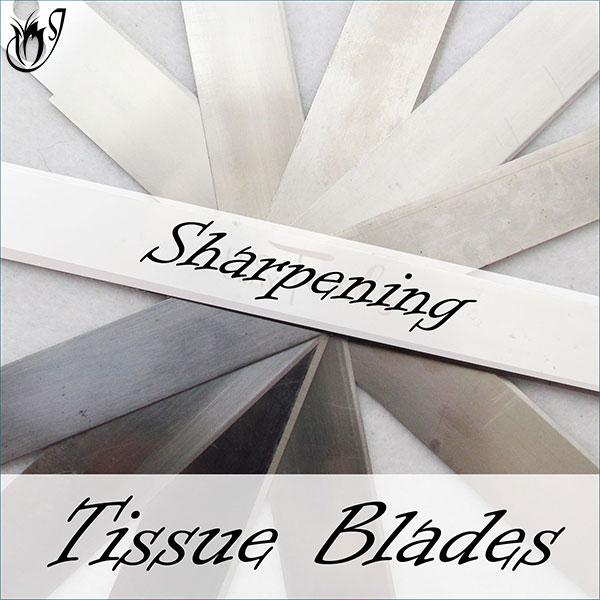
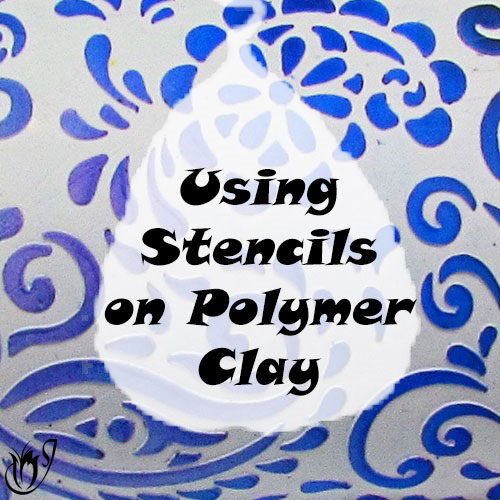

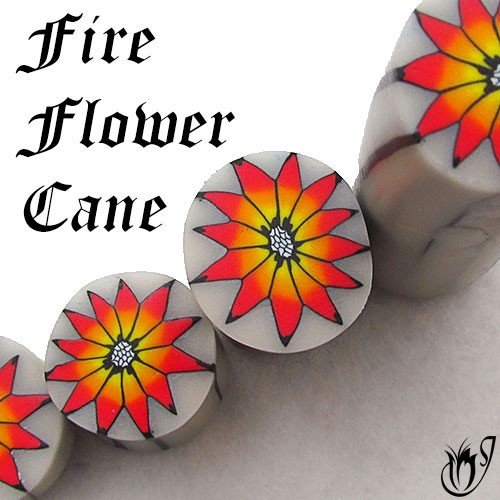



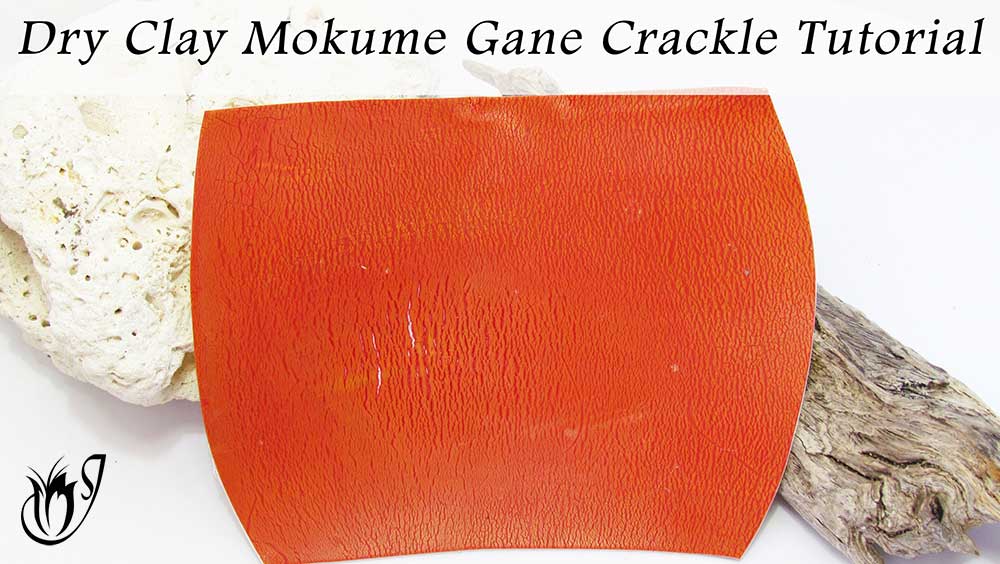







Please leave your comments below: